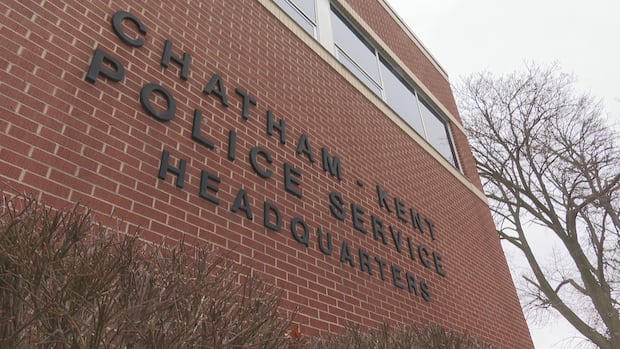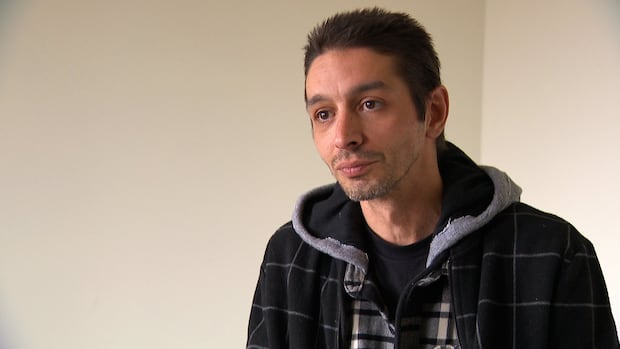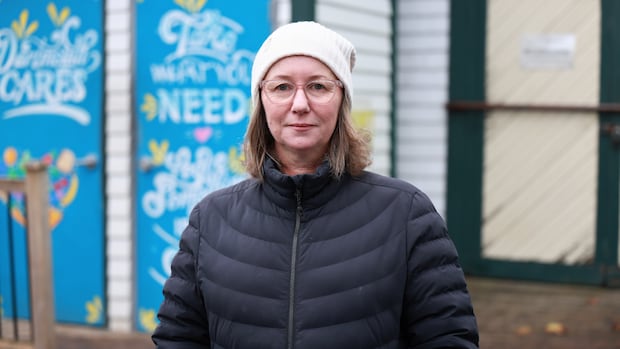About a half a million Canadians left emergency departments before being seen by a doctor in 2024, according to a data analysis by CBC’s Marketplace.
And because B.C. and Quebec report these figures based on the fiscal calendar (and include parts of 2025), that number is likely a lot higher.
The 2024 statistics collected from most provinces and territories show Prince Edward Island had the highest percentage of people leaving, at roughly 14 per cent.
Manitoba had the second-highest percentage at about 13 per cent and New Brunswick the third-highest, at roughly 12 per cent. Ontario had the lowest percentage, at roughly five per cent.
The data also shows the trend has increased since 2019, when in most cases, fewer than 10 per cent of people were walking out before seeing a physician.
In some places, like Newfoundland and Labrador, the number of people leaving has almost doubled since 2019, with more than 35,000 people walking out in the Atlantic province in 2024.
Marketplace's analysis is based on data it and the Montreal Economic Institute received through freedom of information requests.
Dr. Fraser MacKay, an emergency physician in New Brunswick and a board director of the Canadian Association of Emergency Physicians (CAEP), says it’s a side-effect of long wait times in emergency departments.
"It's rare that a shift will go by where one of the patients I'll see isn't someone that was there yesterday or the day before and couldn't handle the wait and left. And now they come back and now they're that much sicker,” he said.
Marketplace's analysis also shows the amount of time people spend waiting to first see a doctor and the total time they're in the ER is growing from coast to coast.
Cross Country Checkup is asking: What’s your ER wait time story? What impact is it having on your health? Leave your comment here and we may read it or call you back for our show this Sunday!MacKay and others say the root causes of the problem are complex, and include staff shortages, a lack of family doctors and “boarded patients” — that is, people who have been admitted in a different part of a hospital but are stuck in the emergency department waiting for a bed to open up.
"We've been very clear for many, many years: we know these problems, we know they're getting worse,” MacKay said.
‘It makes me feel like our system is broken’In New Brunswick, where MacKay works, nearly 60,000 people walked out, according to the data.
Susan Gordon, 51, said she regrets doing just that this summer.
She arrived at the Moncton Hospital by ambulance in June after experiencing sharp stomach pains and vomiting repeatedly. But after spending more than three hours in a “chaotic” waiting room, she left.
“From what I know now, I did put myself in jeopardy,” she said.
 Susan Gordon, 51, said she left the Moncton Hospital emergency department after waiting for a few hours. (David MacIntosh/CBC)
Susan Gordon, 51, said she left the Moncton Hospital emergency department after waiting for a few hours. (David MacIntosh/CBC)The pain persisted and intensified, until she collapsed and ended up back in the emergency department in September, where she quickly underwent appendicitis surgery.
“It makes me feel like our system is broken,” Gordon said.
Horizon Health, which runs the Moncton Hospital, said in a statement that it doesn’t want patients to leave before being seen and says the long waits are a result of boarded patients waiting for beds in over-capacity hospitals. It also says it’s trying to find solutions under these challenging circumstances.
New Brunswick Health Minister John Dornan said in a statement that the province is taking steps to improve patient flow and increase access to reduce pressure in emergency departments.
In P.E.I., which has the country’s highest percentage of people leaving without seeing a doctor, work is underway to increase hospital staffing and connect more people to family doctors, nurse practitioners and virtual care, Health PEI said in a statement to Marketplace.
Manitoba, which had the second-highest percentage, is focusing its efforts on increasing hospital beds and health-care staff, according to a statement from a spokesperson for the province's health minister. They said the province has added more than 320 fully staffed and funded hospital beds and seen an additional 3,400 health-care workers join the workforce since October 2023.
Patients who endure long wait times suffer, tooEven those who stick it out in the emergency department for many hours can end up in terrible circumstances.
In 2024, Finlay van der Werken’s parents rushed him to Oakville Trafalgar Memorial Hospital (OTMH) when the 16-year-old suffered excruciating abdominal pain.
“I was just full of fear and wanted Finlay to get seen immediately,” said his mother, Hazel.
 Finlay van der Werken, 16, died on Feb. 9, 2024. His parents say his death was preventable. (Submitted by Hazel and GJ van der Werken)
Finlay van der Werken, 16, died on Feb. 9, 2024. His parents say his death was preventable. (Submitted by Hazel and GJ van der Werken)According to the family’s statement of claim against the Halton Healthcare network, a nurse triaged Finlay at Level 2 on the Canadian Triage and Acuity Scale, meaning his case was “emergent.” Guidelines say a doctor should have seen him within 15 minutes.
Instead, he waited eight hours and 22 minutes. His mother says she continually advocated to get staff to see him sooner while he screamed in agony.
The statement of claim shows each time staff recorded Finlay's vital signs, his condition was deteriorating.
By then, Finlay had sepsis, his body’s response to pneumonia. He went into cardiac arrest and his organs started failing. Hazel and her husband, G.J., say they were hoping for a miracle, but realized their son wouldn’t survive.
“There's small comfort in us knowing that we tell our kids we love them every day. We know that Finlay knew," G.J. van der Werken said. "But what can you say in those last moments?"
WATCH | G.J. and Hazel van der Werken recount the night their 16-year-old son died:G.J. and Hazel van der Werken describe the night they rushed their son Finlay to the hospital in 2024.The family is suing the hospital network, saying Finlay’s death could have been prevented if the doctor had seen him sooner. In a statement of defence, Halton Healthcare denies negligence.
In an emailed statement to Marketplace, Dr. Cheryl Willliams, the executive vice-president of clinical operations and the chief nursing executive at Halton Healthcare, said the network has been "advancing several key initiatives" to reduce wait times, including improving scheduling to increase doctor coverage when there are a lot of patients.
She also said the time it takes to first see a doctor at OTMH has decreased by more than 32 per cent in the past eight months.
Family pushes for change after son’s deathIn addition to suing Halton Healthcare, the van der Werken family wants Ontario to enact Finlay’s Law, which advocates for multiple changes, including setting maximum wait times for children in the ER. Their online petition on Change.org to enact Finlay’s Law had nearly 30,000 signatures as of Nov. 18.
After months of asking, Hazel and G.J. had a private meeting in late October with Ontario Health Minister Sylvia Jones. They said Jones took their complaints seriously and said she would reach out to her partners and discuss the proposed changes. But they aren’t satisfied.
Jones declined to do an interview with Marketplace.
WATCH | Inside Sunnybrook Hospital's emergency department:The Toronto hospital let Marketplace shadow its chief of emergency medicine for a shift to show the daily reality for patients and staff in the emergency department as it tries to reduce long wait times.In a statement, ministry spokesperson Ema Popovic said the province has made “record investments” in health care in the past three years, including $44 million to tackle ER wait times.
She also said the province is trying to connect everyone to a family doctor by 2029 and is allowing pharmacists to treat “common ailments.” The statement didn’t specify how the $44 million is being spent and how they’re addressing the issue of boarded patients.
Popovic also said the ministry recognizes “there is more work to be done.”
Hazel and G.J. van der Werken say they will keep fighting to honour Finlay and protect others.
“He was just an amazing kid,” Hazel said. “And it's our job now to use his voice. To turn things around.”











